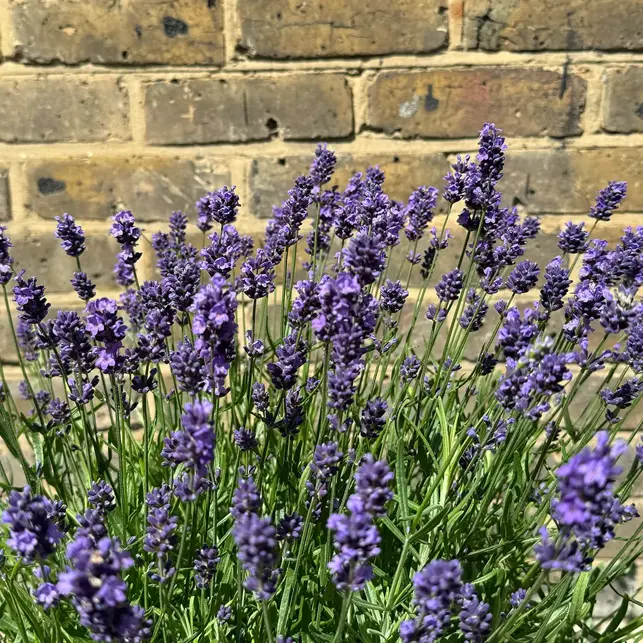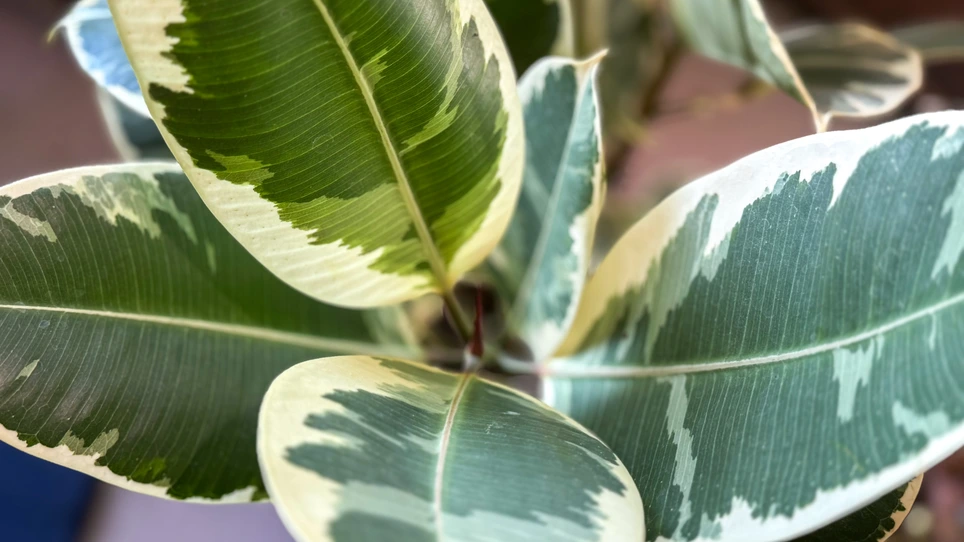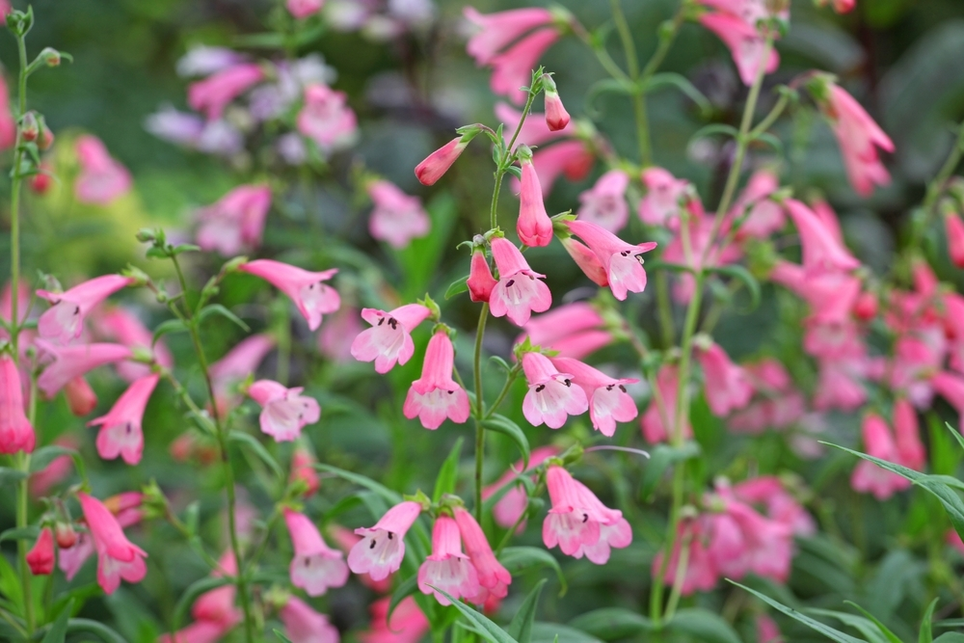Whether you’re an old hand at growing your own food, or just starting out, it’s always fun to try something a bit different! There are so many unusual and delicious fruit and veg to grow, and here are three of our favourites.

1. Sea kale

Sea kale (Crambe maritima) looks stunning in summer, with its big blue-green wavy-edged leaves and clouds of tiny white flowers. As well as being ornamental, this bushy perennial is also edible, especially the tender young shoots which can be eaten like asparagus.
To grow sea kale from seed, nick the hard seed coats and soak the seeds overnight in water before sowing 2.5cm deep in pots filled with seed compost. Keep at a temperature of around 22C until germinated, then grow on somewhere warm and plant out after the frosts are past.
Like asparagus, sea kale needs to grow for a couple of years before you can harvest it. In late autumn, ‘force’ the plant by cutting off all the old leaves and covering the crowns with buckets to exclude light. (Weigh the buckets down with bricks to stop them from blowing away!) In around 3 months’ time, the plant will have produced tender young shoots around 10-20cm long. To harvest, cut the shoots off low down, with a section of root attached. In late spring, remove the buckets, stop harvesting shoots and let the plants grow.
2. Cucamelons
Cucamelons (Melothria scabra) are in the same family as cucumbers, squash and courgettes. These small oval fruits have a refreshing taste, like cucumber with a splash of lime, and can be grown from seed in a similar way to cucumbers. Start them off in a greenhouse or propagator in spring, at a temperature of around 24C, and plant out once all risk of frost is past. Provide canes or support wires for the plants to climb up and feed fortnightly with a high potash liquid food. Pick the fruits once they reach the size of small grapes, and before they start to go soft.
3. Cape gooseberries

The Cape gooseberry (Physalis peruviana) is a tender perennial with papery fruits concealing deliciously tart orange berries. It’s easy to grow from seed, sown indoors in early spring in pots on a sunny windowsill or in a propagator as for tomato seeds, and planted outdoors after the frosts are over. Water the plants regularly and feed them weekly with a high potash feed. Harvest the fruits once the husks turn papery and the berries inside are bright orange. The fruits tend to drop off the bush once they are ripe, so check on the ground around the plant too!
NB: Don’t confuse Cape Gooseberry with the similar-looking Chinese lantern (Physalis alkekengi). This plant also produces orange berries inside orange papery ‘lanterns’ but they are not safe to eat.
Our wide range of fruit and veg plants has something for everyone, so visit us today and start growing!







